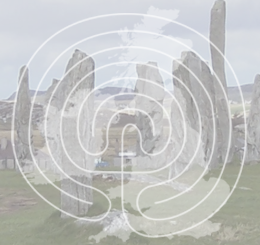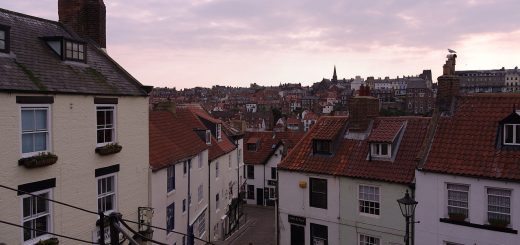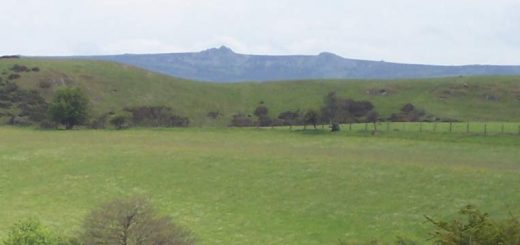King Lud & Ludgate
Ludgate is commonly accepted as having been named after the mythical King Lud, who according to legend founded London. King Lud who is said to have been buried at Ludgate appeared in texts such as Geoffrey of Monmouths (born circa 1100 – died circa 1155) Historia Regum Britanniae (The History of the Kings of Britain).
Lud, the eldest son of King Heli is supposed to date from around 66BC. Though he in turn is supposed to have had two sons, Androgeus and Tenvantius, they were not old enough to succeed him when he passed away and Lud’s younger brother Cassibelanus became King. According to medieval tradition the two princes assisted in the defence of Britain against the Roman legions of Julius Caesar, Androgeus as Duke of London (Trinovantum) and Tenvantius, Duke of Cornwall. The eldest of the two, Androgeus, followed Caesar back to Rome and following the death of Cassibelanus, Tenvantius finally gained his fathers throne.
Lud’s name has been linked, by some, either rightly or wrongly with the etymology of London itself in the form of Ludd-deen (Valley of Ludd) or Caer Ludd (Ludd’s Fortress). Ludd’s original settlement was said to be in the area of Ludgate Hill, where St Paul’s Cathedral now stands. This hill was one of the three ancient hills around which London was formed and Lud Gate was the principal of the ancient six gates into London. There are other explanations and arguments to the origins of the name Ludgate however: ‘According to old Geoffry of Monmouth’s fabulous history of England, this entrance to London was first built by King Lud, a British monarch, sixty-six years before Christ. Our later antiquaries, ruthless as to legends, however romantic, consider its original name to have been the Flood or Fleet Gate, which is far more feasible. [Walter Thornbury in Old and New London: Volume 1 (1878)]
Cementing the link with Ludgate and Lud in 1260, King Henry III (born 1 October 1207 – died 16 November 1272) had the Lud Gate decorated with iconic images of the legendary king and his two sons Androgeus and Tenvantius. These statues were beheaded during reign of King Edward VI (born 12 October 1537 – died 6 July 1553) and repaired a short time later during the reign of his successor and catholic sister Queen Mary (born 18 February 1516 – died 17 November 1558). Then in 1586, during the reign of Queen Elizabeth I (born 7 September 1533 – died 24 March 1603), the aging Lud Gate was rebuilt afresh and new statues of King Lud and his sons were put on the eastern side.
Beside the gatehouse was the famous Ludgate prison. After being severely damaged during the Great Fire of London in 1666, the prison and gate were demolished in 1760. The statues of Lud, Androgeus and Tenvantius were then gifted to the City of London by Sir Francis Gosling. Unused the statues were eventually bought by the Marquis of Hertford and can now be found, along with a statue of Queen Elizabeth I (made at the same time as the Lud family statues in 1586 and could be found on the west side of the gate) in the courtyard of the church of St. Dunstan-in-the-West, Fleet Street.
[St. Dunstan-in-the-West is hoping to be able to restore the statues of Queen Elizabeth and King Lud with the help of the Society for the Protection of Ancient Buildings and other kind benefactors in the future].




Recent Comments